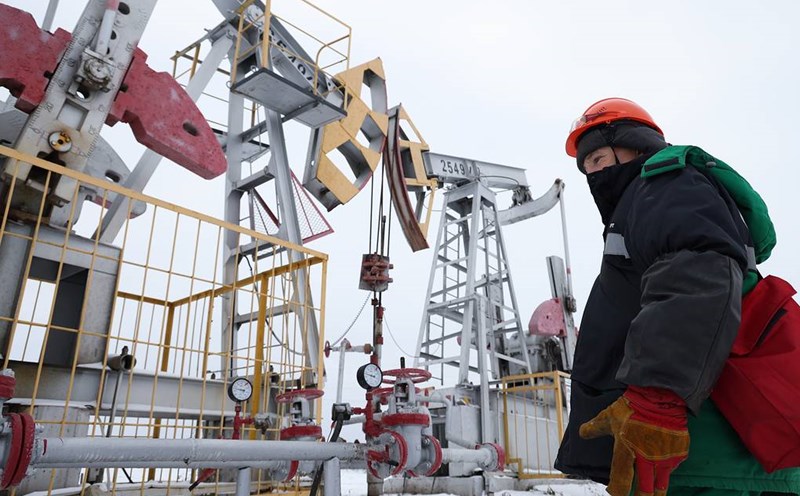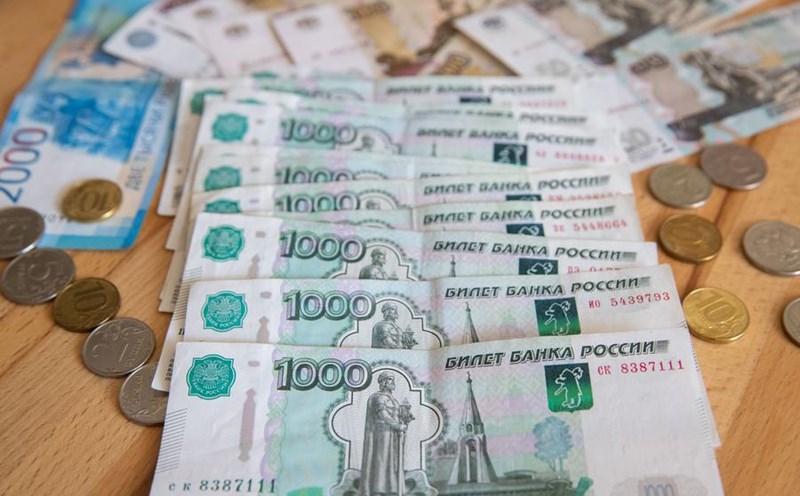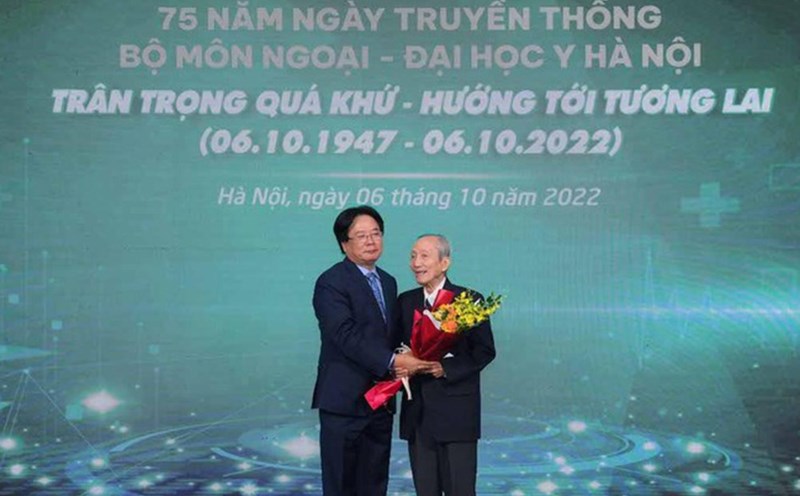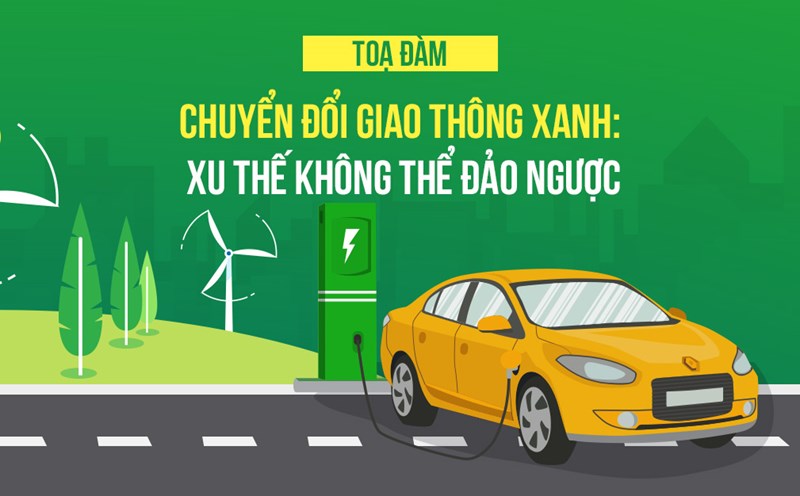Despite tough statements about abandoning Russian energy, the European Union (EU) is quietly boosting imports of Russian gas in the first half of 2025.
According to data from Eurostat and estimates by TASS, Russia rose to third place as the largest gas supplier to the EU in May, accounting for 16.1% of total import value, up sharply from 11.3% in April.
The EU spent up to 1.1 billion euros to buy Russian gas in May 2025. Of which, imports of liquefied natural gas (LNG) from Russia reached 703 million euros - the highest level since March - while pipeline gas reached 408 million euros.
The US tops the list of gas suppliers to the EU at 27.2% (1.9 billion euros), mainly through LNG exports. Algeria ranked second with a proportion of 16.3%, equivalent to 1.1 billion euros. Russia ranked third, behind both Norway (12.2%) and the UK (5.35%).
Although the European Commission has announced a roadmap for a complete cut-off on Russian gas, including a ban on all new contracts from the end of 2025, actual figures show the opposite: the EU is still heavily dependent on Russian gas, even increasing imports by 15% in the first 5 months of 2025 compared to the same period in 2024, reaching 6.5 billion euros.
Among EU member states, France led in importing Russian LNG in May (245 million euros), followed by Spain (168 million euros) and Belgium (147 million euros). The Netherlands also increased its purchases of Russian LNG to 109 million euros.
For pipeline gas, Hungary is Russia's largest customer with import turnover of up to 239 million euros in May alone, and 1.3 billion euros in the whole period from January to May 2025, up 26% over the same period last year.
Greece is second with 678 million euros, followed by Slovakia with 310 million euros. Notably, after Ukraine stopped transiting Russian gas through its territory, Slovakia had to switch to importing gas from Russia via Hungary. From just 141,000 euros in February, Slovakia rebounded to 46 million euros in May.
Currently, the TurkStream gas pipeline across the Black Sea is the only remaining pipeline in operation for Russia to transport gas to the EU.
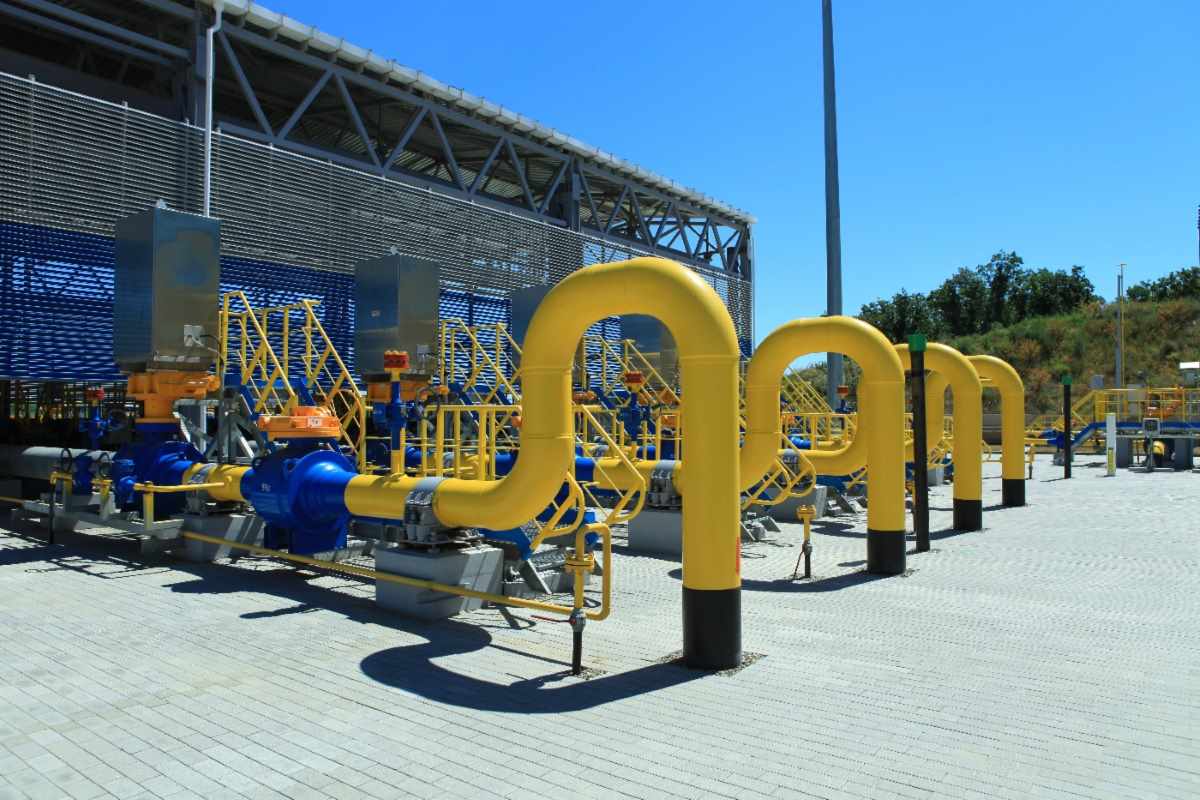
While EU leaders have repeatedly affirmed that they will end their dependence on energy in Moscow, the reality shows that this transition is taking place slowly, especially when the price of liquefied gas from other markets is still high and the import infrastructure is not yet complete.
Russia's continued status as a major supplier, even increasing exports to Europe amid sanctions, once again shows that the energy link between the two sides has not been completely detached in the short term.

